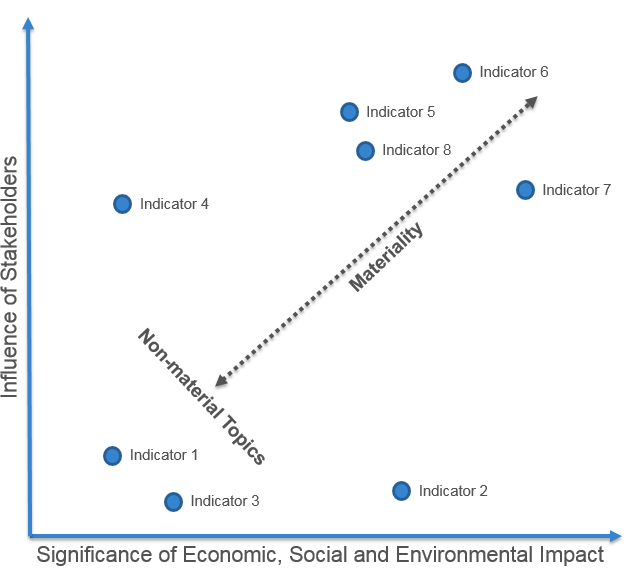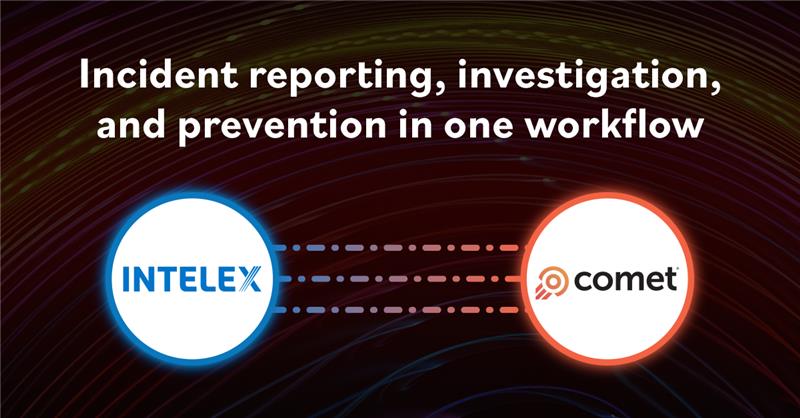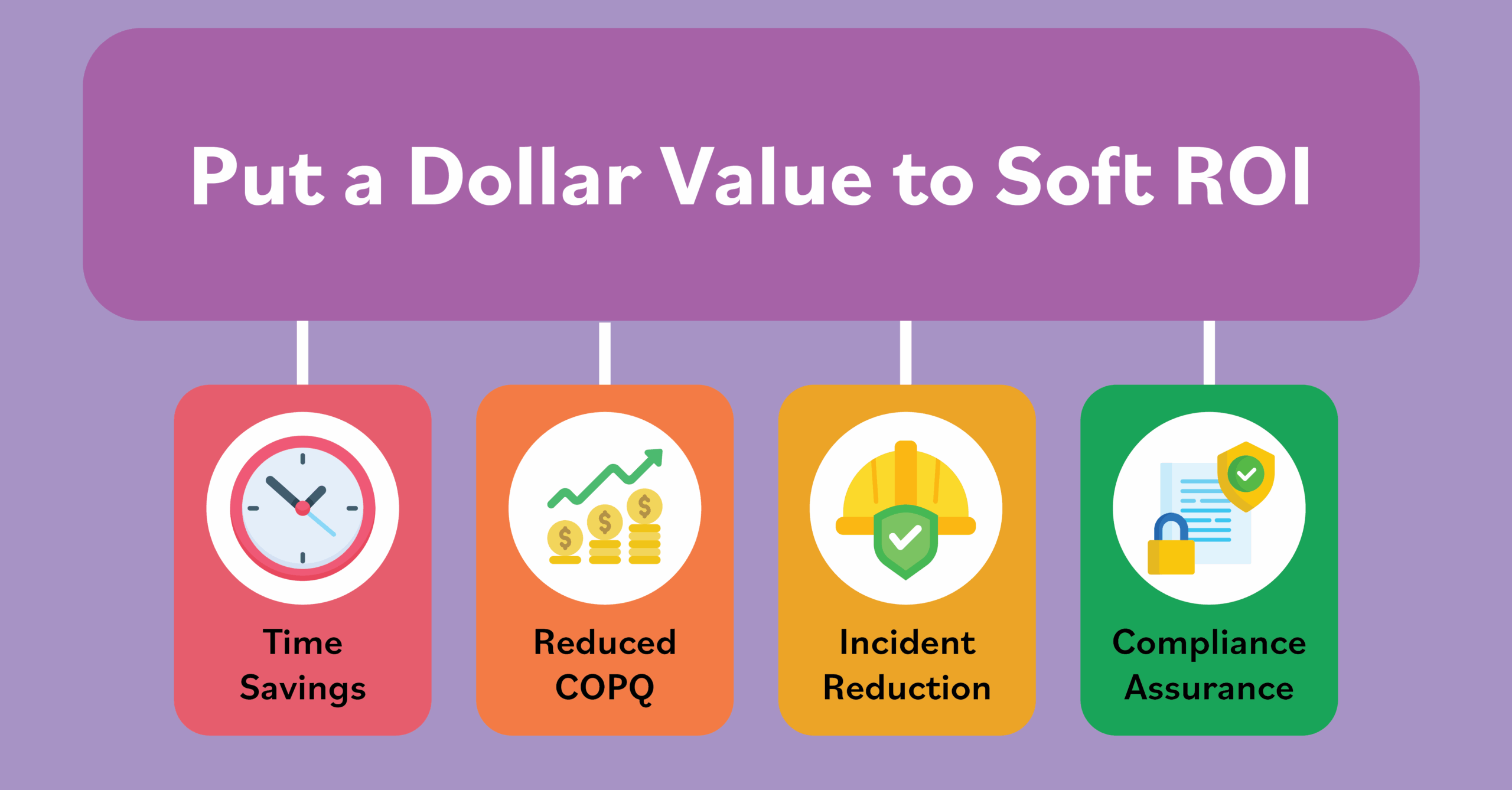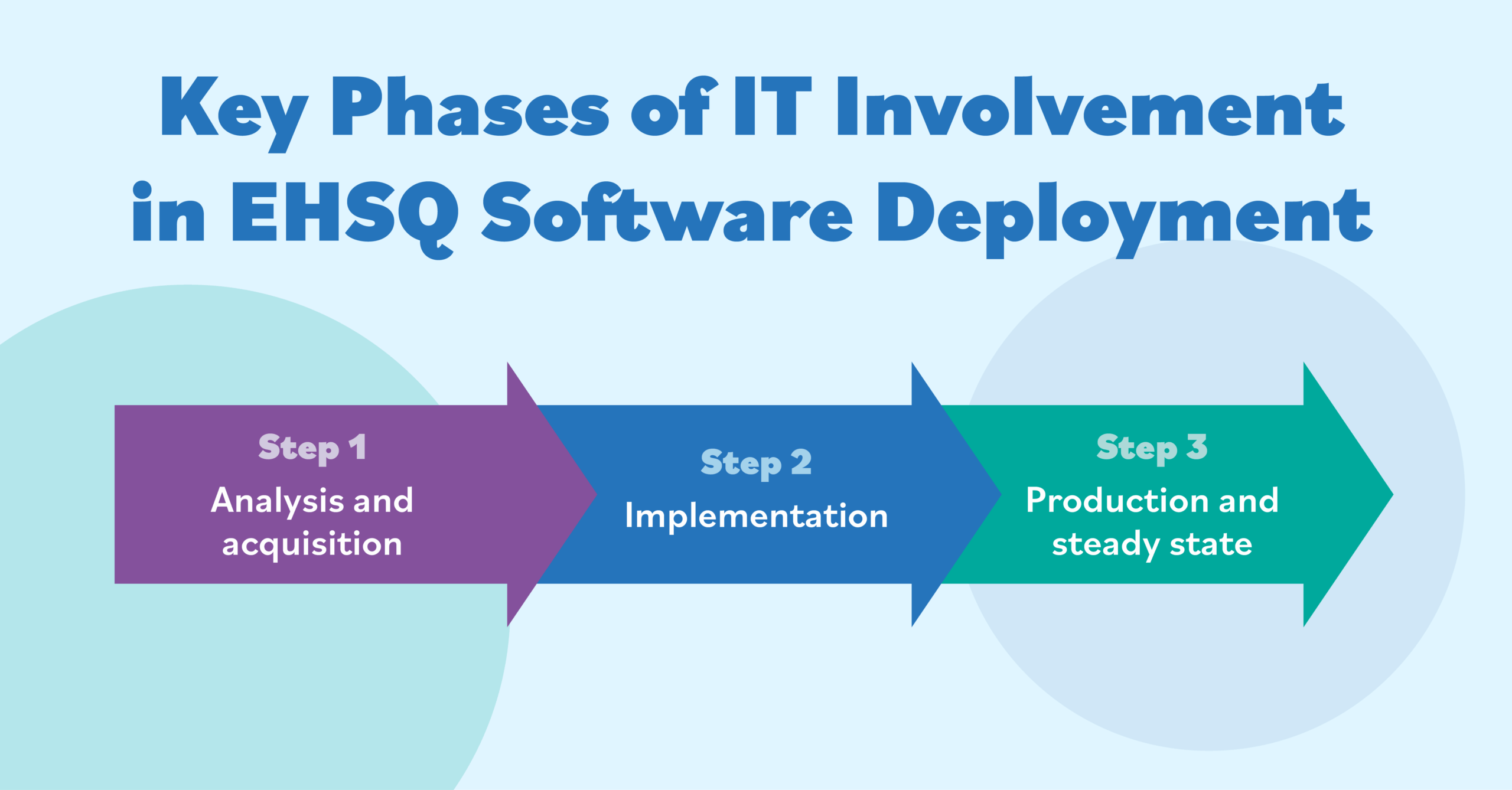Materiality Assessments in 4 Simple Steps
September 2, 2015

Materiality is a growing focus in sustainability conversations, but what does it mean for EHS? Simply put, materiality helps identify the social, environmental, and business issues most relevant to a company and its stakeholders. With 80% of the world’s largest companies already tracking these metrics, materiality assessments are crucial for aligning corporate responsibility with stakeholder expectations. Whether driven by regulatory requirements or a desire to lead in sustainability, businesses are increasingly recognizing the need to conduct or refine materiality assessments. In this article, we’ll guide you through the basics and offer a four-step process to help you get started.
What is Materiality?
Materiality is a principle to help define and determine the business, social and environmental topics that matter most to a business and its stakeholders. The growing focus on this concept is driven partly by the increasing emphasis on corporate social responsibility as a competitive differentiator and partly by evolving regulations and standards. Of these standards, the main one is the Global Reporting Initiative’s (GRI) G4 guidelines.
In Europe there is currently the added pressure of the European Directive on non-financial reporting for publicly traded companies to report these metrics alongside more commonly understood financial numbers. As a result of all of this, many companies today are either looking to begin, or revise and update their materiality assessment process.
Getting Started with Your Materiality Assessment
If you’re just now beginning to embark on your materiality assessment journey, the following is a simple four step model that can get you starting on the right foot:
Step 1: Identify stakeholders
Since materiality is all about impact to stakeholders, the first place you’ll want to start is to determine and define who your company stakeholders are. Once you’ve compiled a list of who might be impacted or have interest in your business’ social or environmental footprints, list them out. Once you’ve identified you’re group of stakeholders you can also go through an exercise of prioritizing them and grouping them. These stakeholders will often include (but not be exclusive to) groups such as investors, employees, customers, suppliers, NGOs, government and the media.
Step 2: Identify your indicators
Once you’ve identified your stakeholders, the next stage in your materiality assessment is to identify and prioritize major sustainability indicators you want to measure. At this stage it’s important that the breadth of you indicators aligns with ALL of your stakeholders. A common trap is to focus all or most of your metrics internally despite the much wider influence your organization holds.
This stage is also where all those EHS metrics you track fit in to the sustainability discussion. The specific indicators may vary from organization to organization but often include metrics looking at economic, environmental impact, health and safety, human rights, product responsibility and others. The number of indicators will also vary depending on the scope of activities that your organization engages in as well as available resources. To determine the importance of indicators, methods such as surveys, media research, and internal documentation can offer insights. In some cases you may already have measurement or metric tools in place to track many of these sustainability performance indicators.
Step 3: Conduct a survey
The next step in the process will be to conduct a survey across your organization and with major stakeholders to rank the sustainability indicators you’ve identified by two criteria:
- Importance
- Impact
For ease of analysis the survey questions should be quantitative, for example ranking value on a scale of 1-10. In some cases these answers may be quite straightforward. For example in the case of greenhouse gas emissions there are most likely government benchmarks that outline what numbers should be of concern. In other cases such as factors with primarily social impact the importance may be more ambiguous. That’s why it’s so critical to be thorough in your assessment of stakeholders to gather feedback from.
Step 4: Ranking matrix
Finally with all the information gathered we can plot the indicators on a matrix style graph to determine their relative materiality. Rank the indicators on a matrix using two axis, the X representing the significance of the sustainability indicator, and the Y representing the influence that stakeholders have over the indicator.
Once the indicators have been plotted on the matrix you can now use it as a tool to determine your sustainability priorities based on materiality. The items that fall into the top right hand corner of the matrix should become your focus areas, as they are the items that have the highest economic, social and environmental impact, but they are also the items where your organizations stakeholders hold the most influence (i.e. you can influence change)
One important thing to remember is that a matrix like this is not designed as a measurement tool, as much as they are designed to be tools to compare the relative importance or value of factors to your organization.
At this point there are a number of ways you go forward with implementing your sustainability priorities, but this materiality exercise should be an ongoing activity and a tool to help guide some of those decisions. Keep reading this blog as we discuss more details around this and other topics pertaining to sustainability reporting over the course of the next few months.
Struggling to prioritize the right sustainability issues? Watch our product demo to see how Intelex simplifies materiality assessments and drives sustainability success.







